From cosmetics, functional foods, confectionery to fish sauce, children's toys... hundreds of products originating from China, Thailand, Taiwan, Korea, France, America... are being widely sold in the Nghe An market. However, the worrying thing is that most of these products do not have Vietnamese sub-labels, which is a mandatory factor for imported goods according to the law.
Imported cosmetics are sold openly but have no Vietnamese labels, so buyers cannot know the ingredients or how to use them. Photo: TP
Cosmetics are now popular in grocery stores from mini supermarkets, grocery stores or large and small stores... However, very few places comply with the regulations on labeling. Mr. PVT, the owner of a grocery store in Hung Dung ward (Vinh city) said: "We mainly sell Thai products such as laundry detergent, scented wax, shampoo... In fact, most of the products do not have Vietnamese labels. The reason is that no customers ask for or request them, they mainly buy because they have used them before or buy based on their feelings". Photo: TP
According to Clause 3, Article 7, Decree 43/2017/ND-CP on product labels, imported goods into Vietnam whose labels do not show or do not show enough mandatory information in Vietnamese must have a supplementary label clearly stating the product name, ingredients, instructions for use, origin, safety warnings, etc. If there is no supplementary label, consumers cannot know whether the product is suitable for them or not, and cannot control the risks when using it.
At an imported confectionery stall: some products have Vietnamese sub-labels, while others do not, showing a lack of consistency in management. Photo: TP
Many products for children such as seasoning powder, spices, seaweed, etc. do not have additional labels or instructions in Vietnamese. Photo: TP
In reality, people mostly buy products based on their emotions, based on images, scents or recommendations from sellers. For those who are more cautious, they use language translation applications on their phones to look up product information, but it is still just a “guess” because machine translation is inaccurate and incomplete.
“I once bought a jar of hand-carried melasma cream, all in Chinese characters. The seller said it was very good. After using it for a week, my skin turned red. That’s when I discovered that the cream contained strong bleaching agents. If there had been a Vietnamese label, this wouldn’t have happened,” said Ms. Duong Thuy Tien (Vinh City).
Chinese toys dominate many shelves but do not have additional labels showing origin, materials, or safety warnings. Photo: TP
Many products labeled as “domestic Chinese goods”, “hand-carried goods from Thailand”, “cheap Japanese goods”… are advertised massively on e-commerce platforms, live sales, social networks but without any additional labels or quality checks. Buyers only believe in the images and sales advertisements.
Buying and selling goods without additional labels not only violates the law, but also has many potential consequences: incorrect use, ingredient allergies, food safety, and even serious health effects if they are cosmetics, functional foods or medicines.
Children choose toys based on their preferences without paying attention to their origin or ingredients, which can pose many risks when used. Photo: TP
Consumers have to use language translation apps to look up product ingredients, which poses many risks if the translation is incorrect. Photo: TP
While consumers are “blind to information”, many businesses take advantage of customers’ preference for foreign goods and cheap goods to import goods of unknown origin, mixing in fake and counterfeit goods. In particular, at large markets, grocery stores or online stores, quality control is almost completely neglected. Labels are only in foreign languages, there are no anti-counterfeit stamps, but customers still buy them because they find them cheaper than genuine goods. Some products are dangerous to use incorrectly, especially functional foods and cosmetics for children.
Imported goods have become a popular choice in many families, but not everyone knows how to choose the right and safe goods. Photo: TP
According to Clause 3, Article 7, Decree 43/2017/ND-CP on product labels, imported products into Vietnam whose labels do not show or do not show enough mandatory information in Vietnamese must have a supplementary label clearly stating the product name, ingredients, instructions for use, origin, safety warnings, etc. In the photo: Product labels with labels in Vietnamese according to regulations. Photo: TP
Recently, Nghe An authorities have inspected and discovered many violations of goods without invoices, unclear origin, and without additional labels as prescribed. However, this situation has not been thoroughly handled. Photo: TP
According to Article 21, Decree 128/2020/ND-CP of the Government on administrative sanctions for violations in the customs sector:
▶️ Imported goods without Vietnamese sub-labels (while the original label does not fully display the required content) will be penalized at the following levels:
🔸 From 500,000 to 20,000,000 VND , depending on the value of the shipment and the nature of the violation.
▶️ In addition, the authorities may:
🔸 Confiscate the infringing goods (if they are counterfeit, fake or prohibited goods).
🔸 Forced re-export, destruction or addition of additional labels according to regulations before circulation.
▶️ Failure to label also violates Article 7, Decree 43/2017/ND-CP on product labels, causing confusion, affecting consumer rights and may be subject to additional penalties under the law on consumer protection.
📣 Note:
Failure to attach additional labels not only results in a fine, but also affects the reputation of the business unit , potentially leading to the risk of having the business license revoked if the offense is repeated many times.
Source: https://baonghean.vn/nhieu-hang-hoa-khong-nhan-phu-tieng-viet-tren-thi-truong-nghe-an-10299939.html



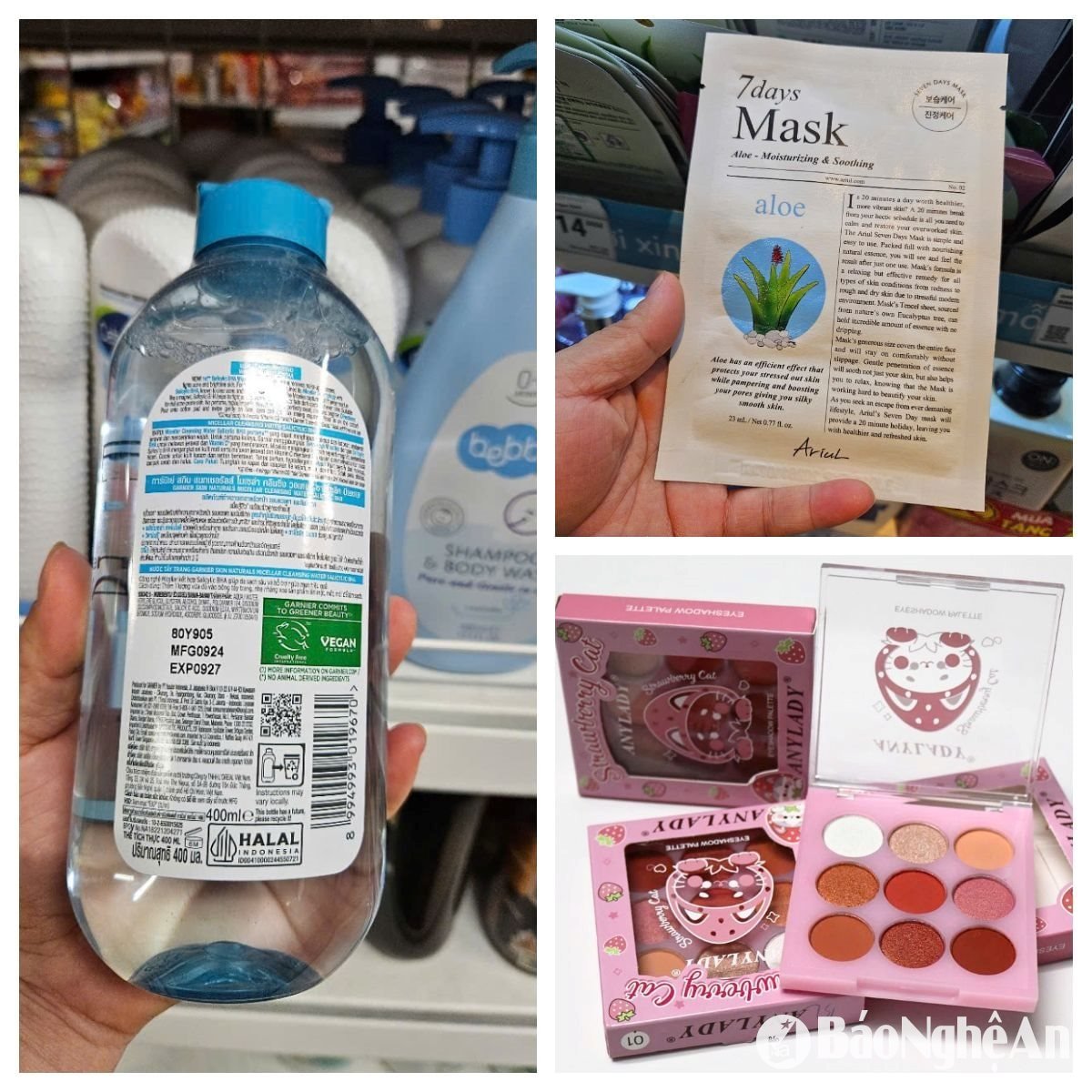
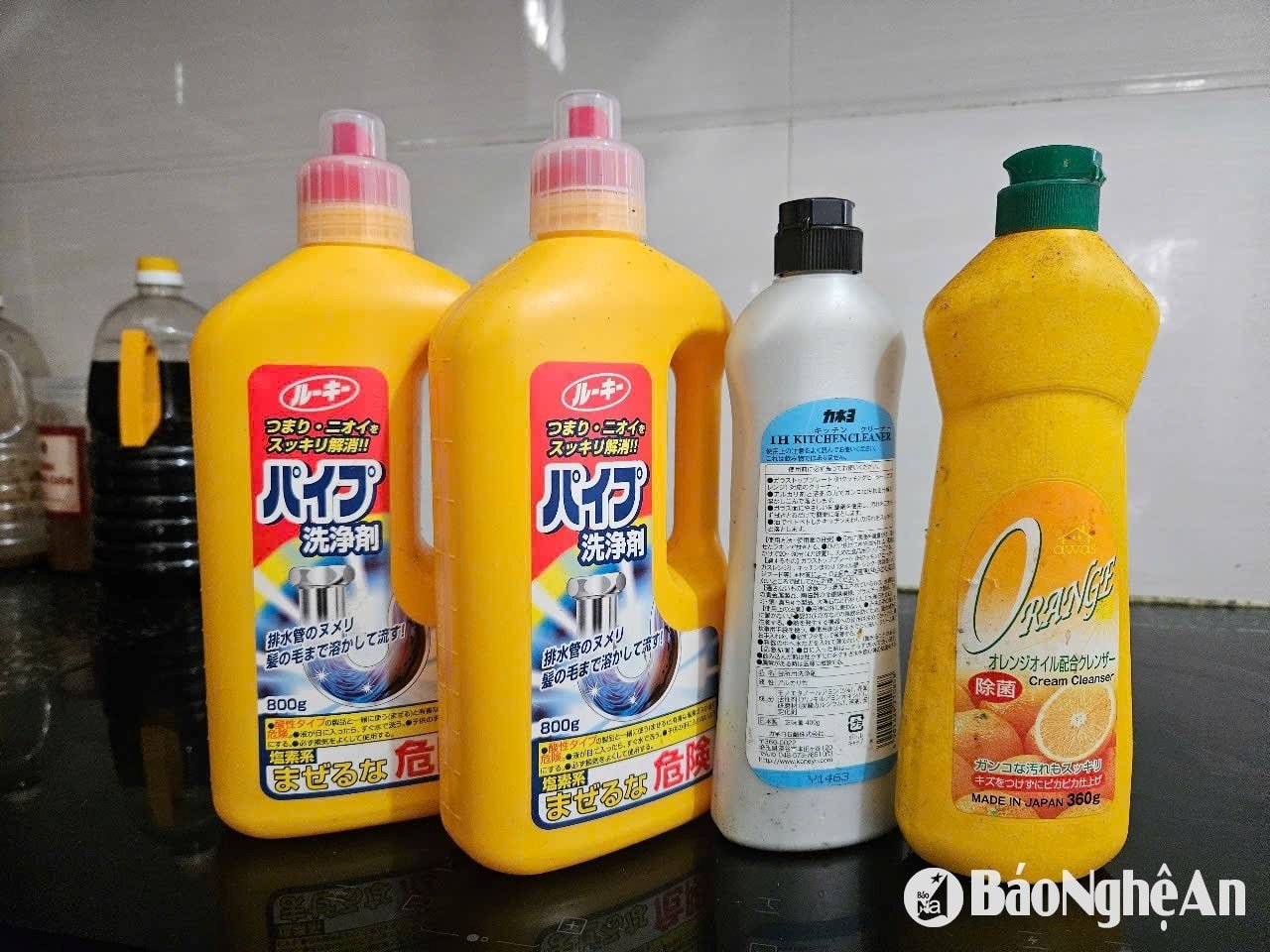
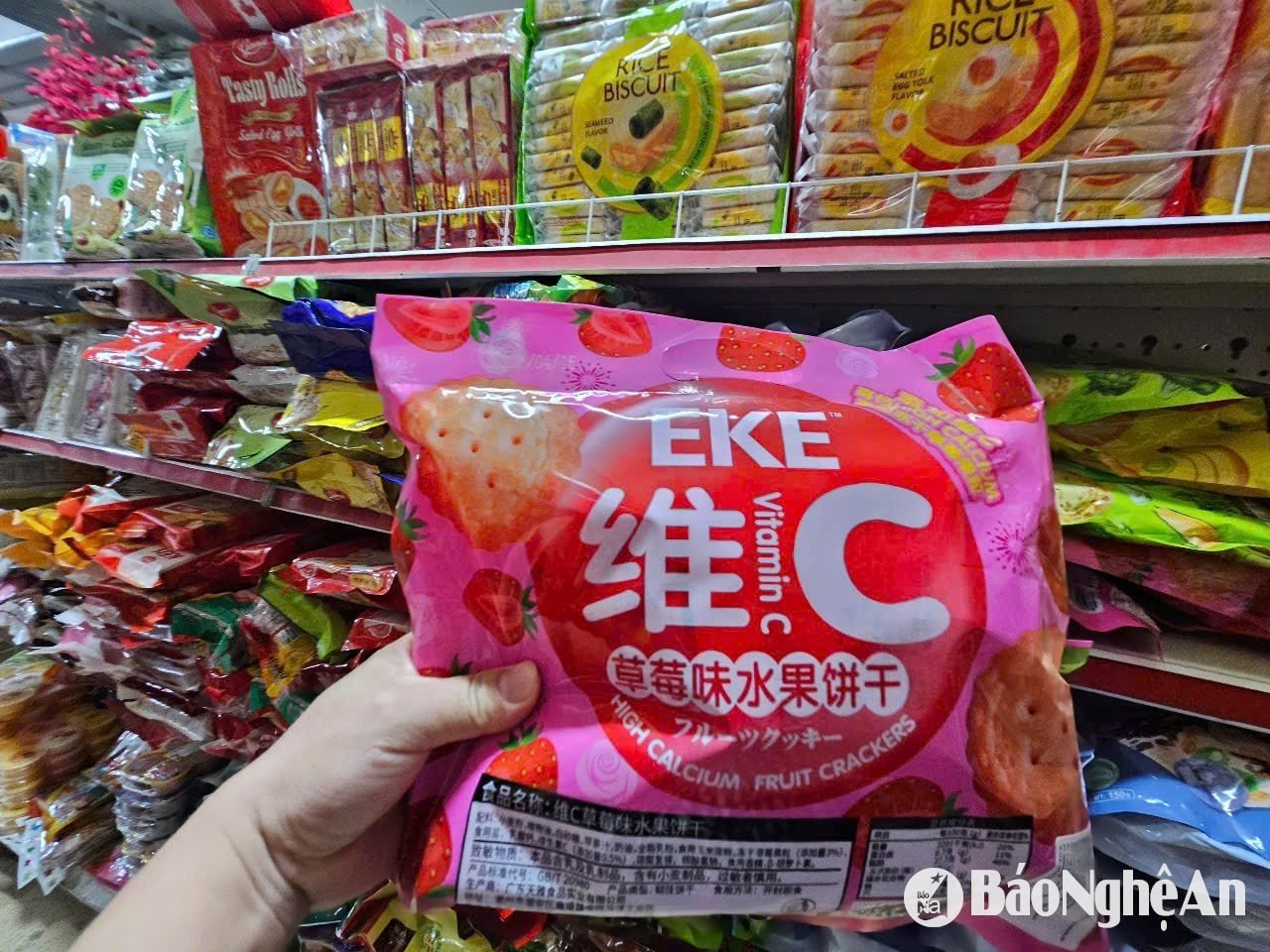
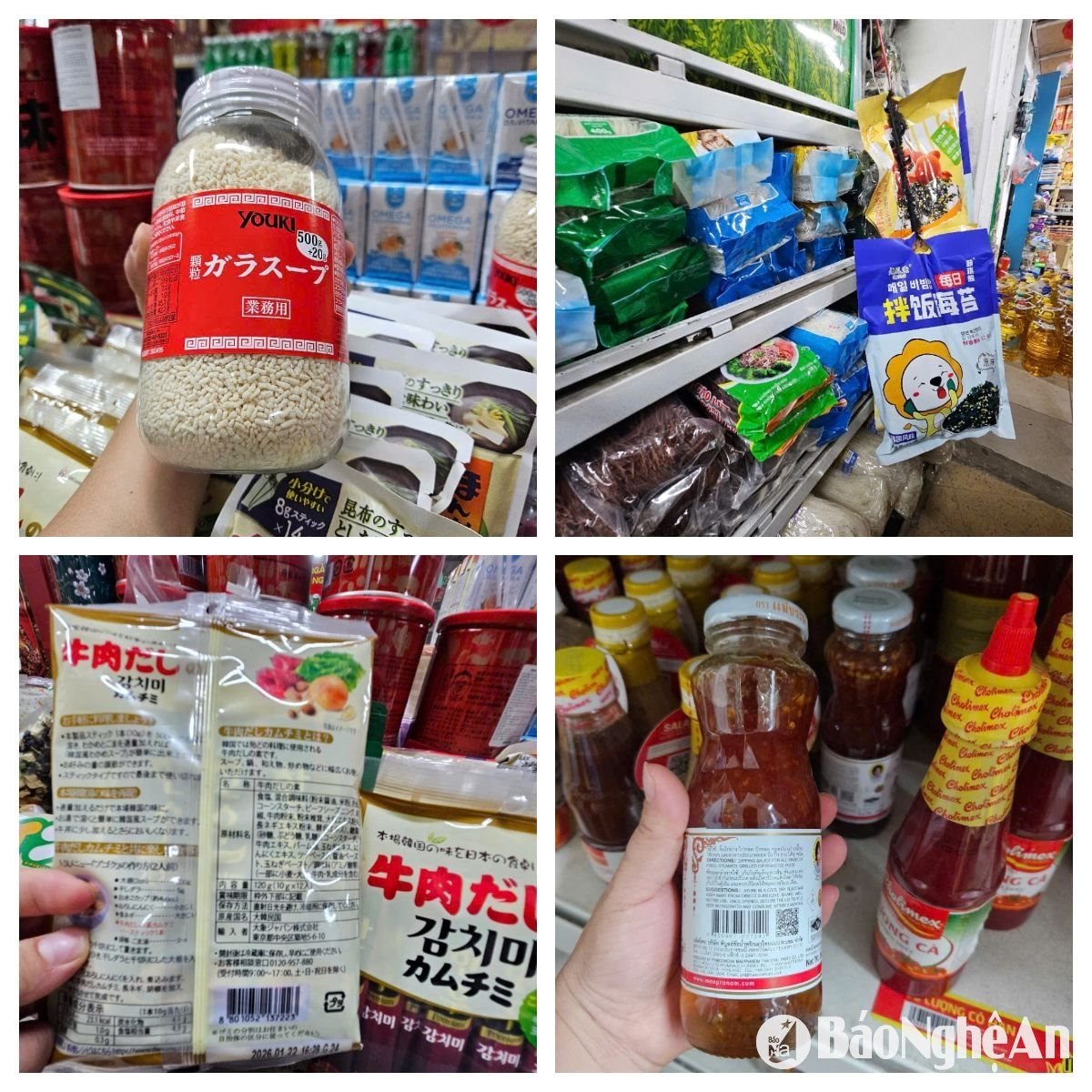
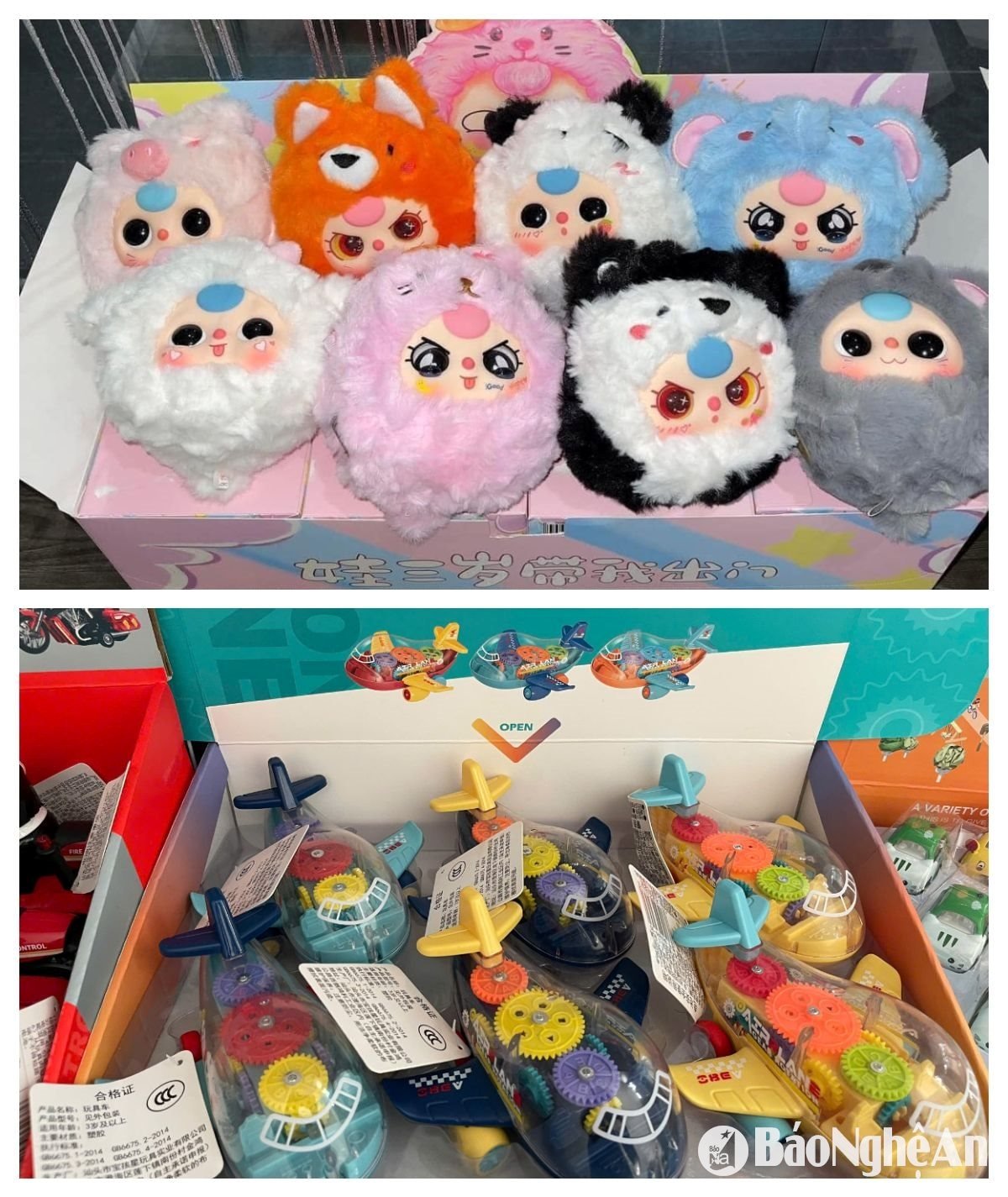
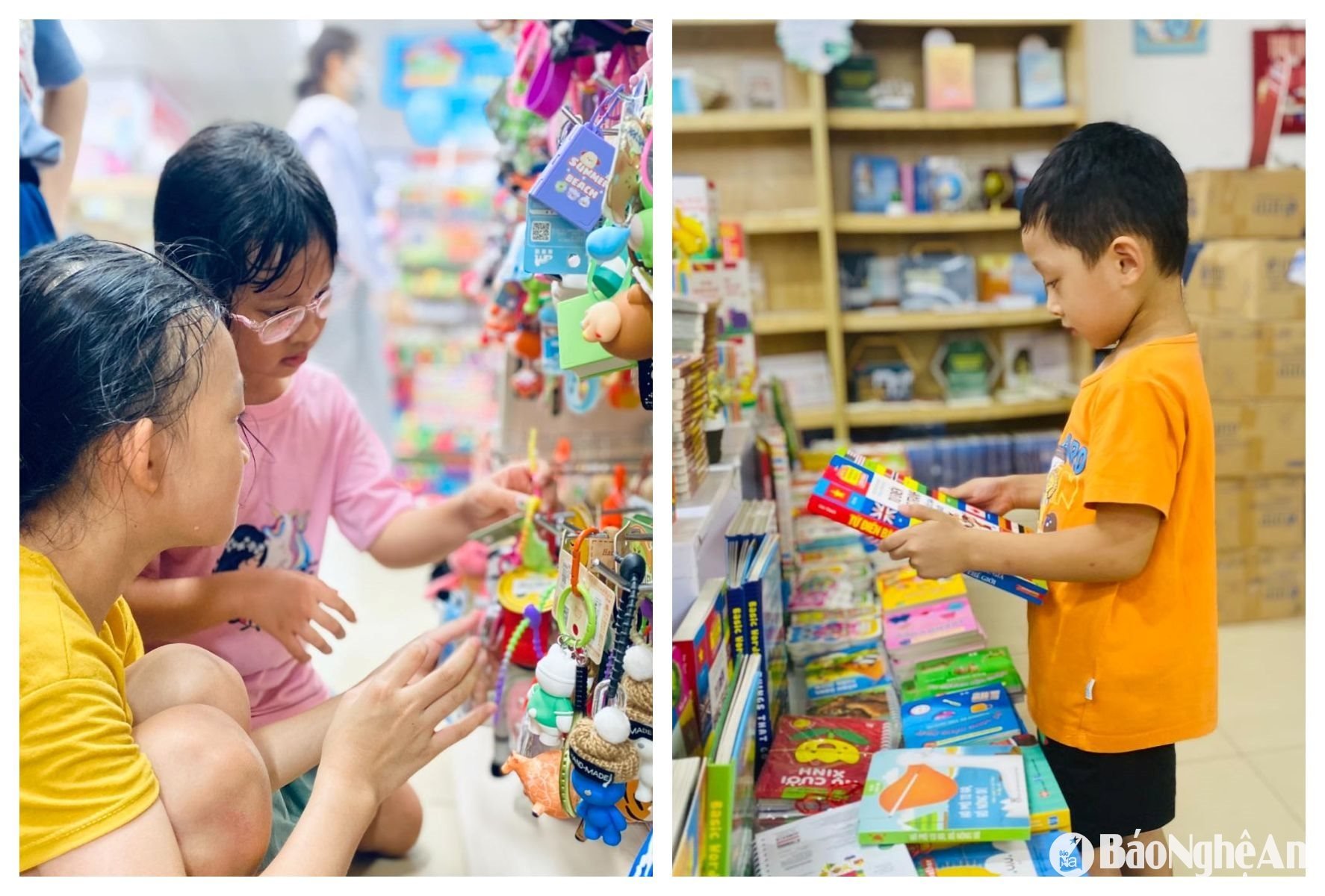
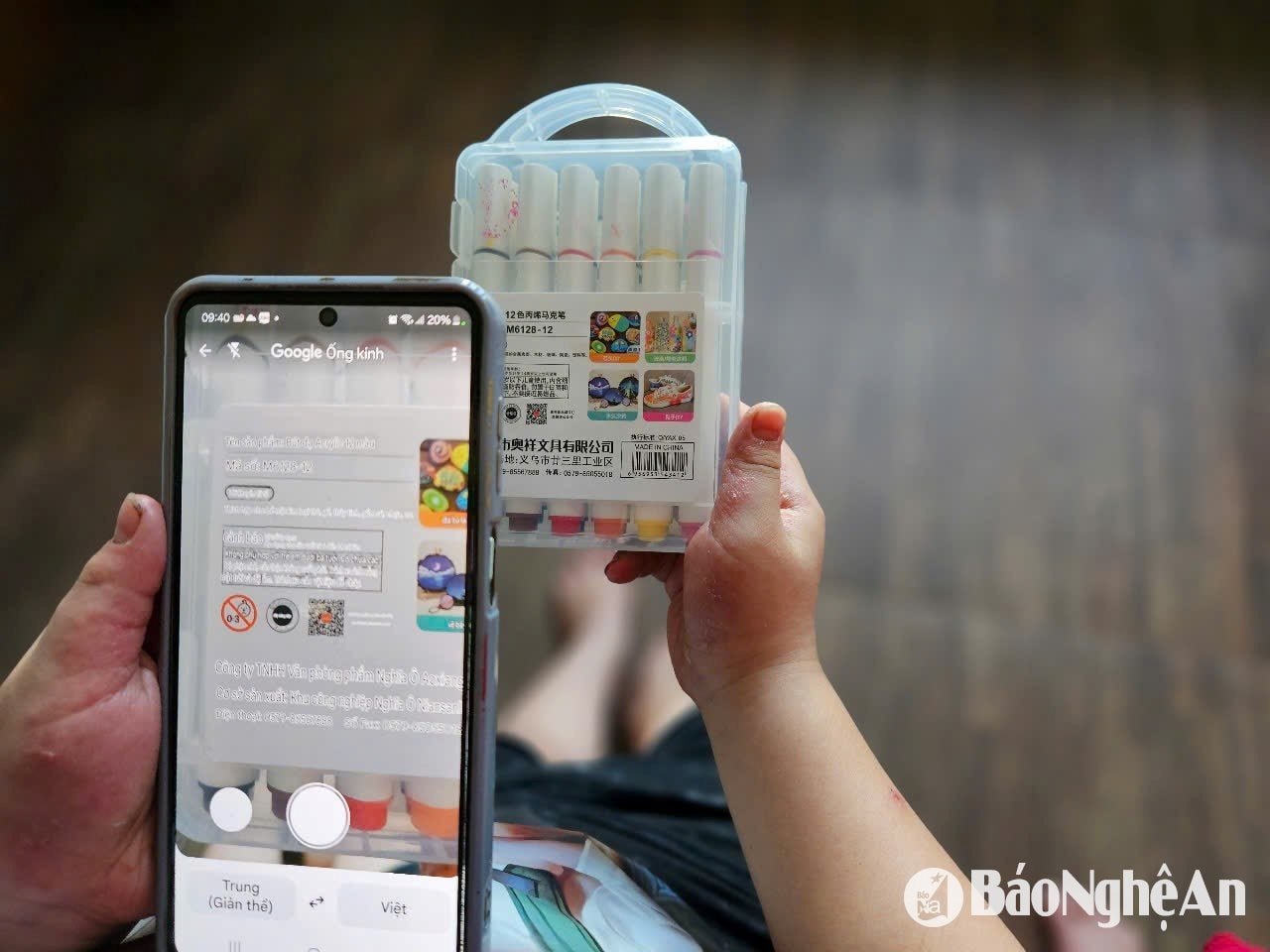

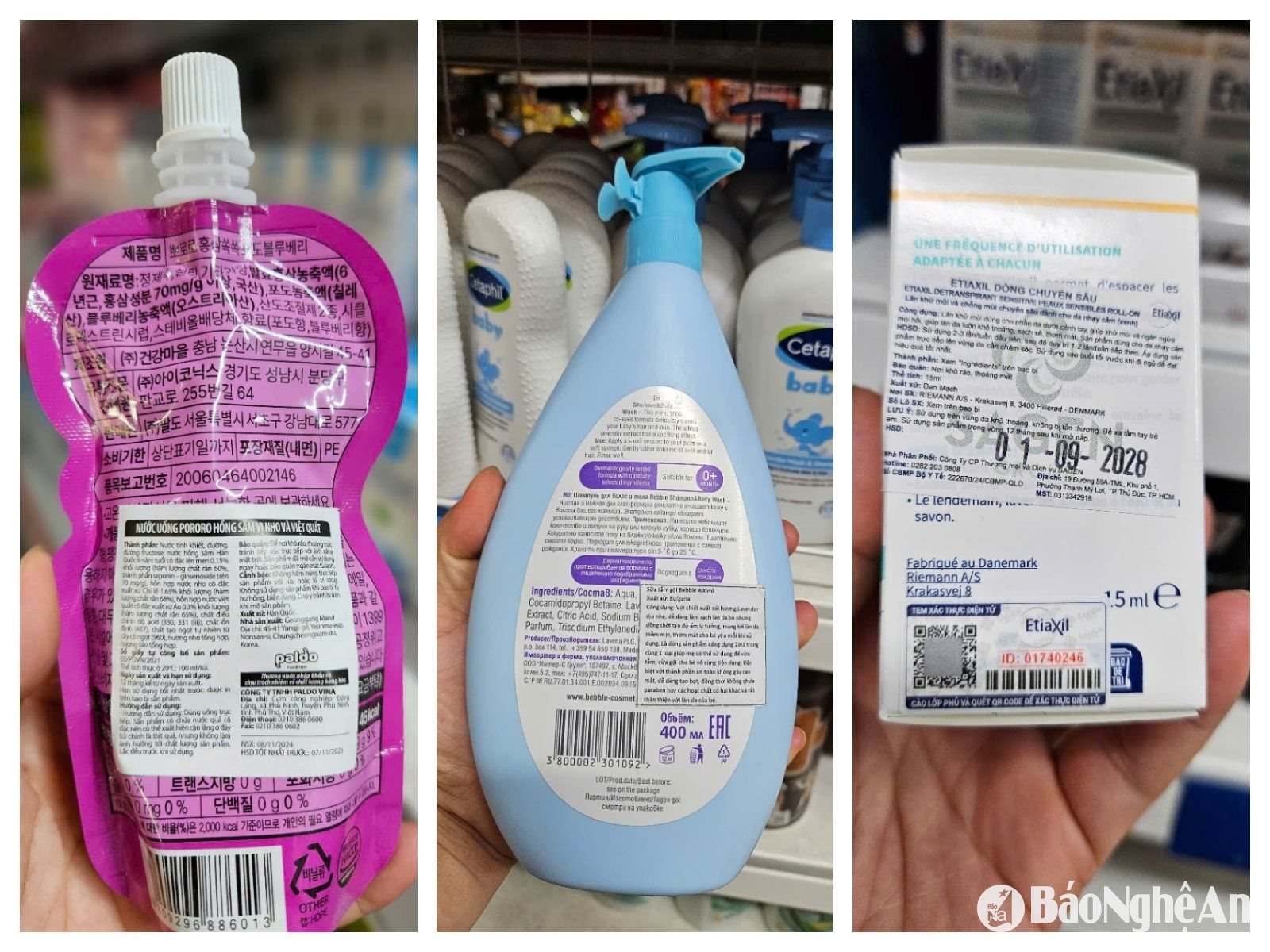
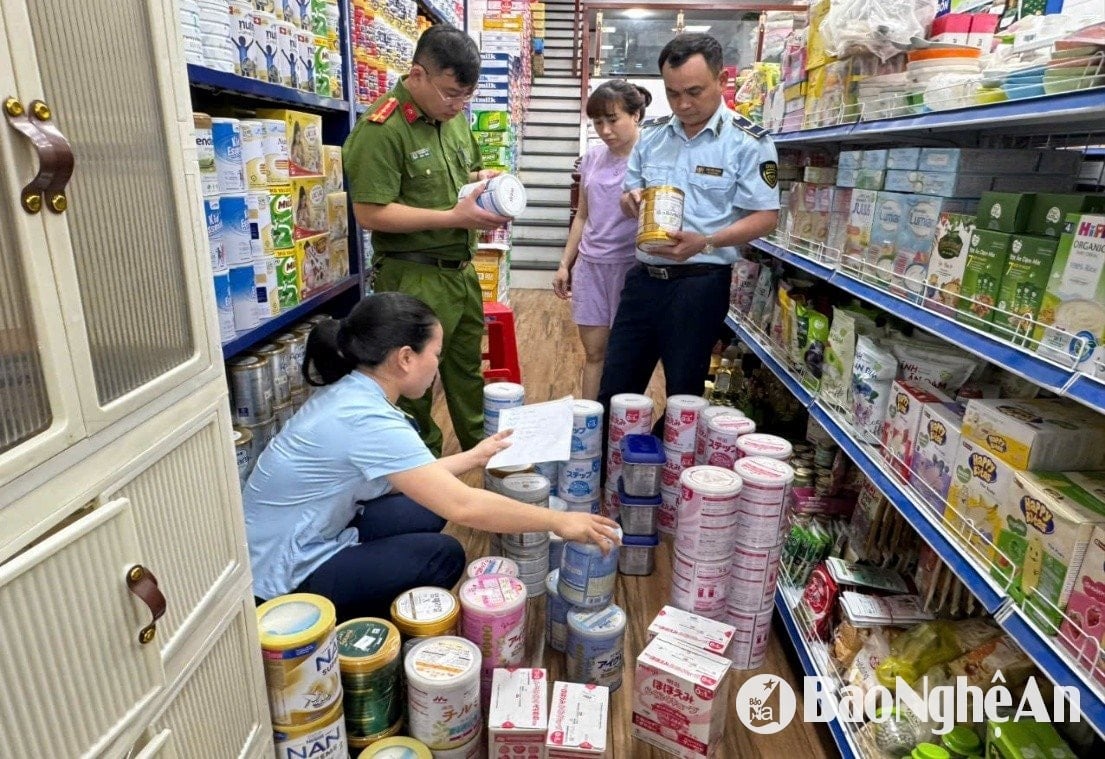
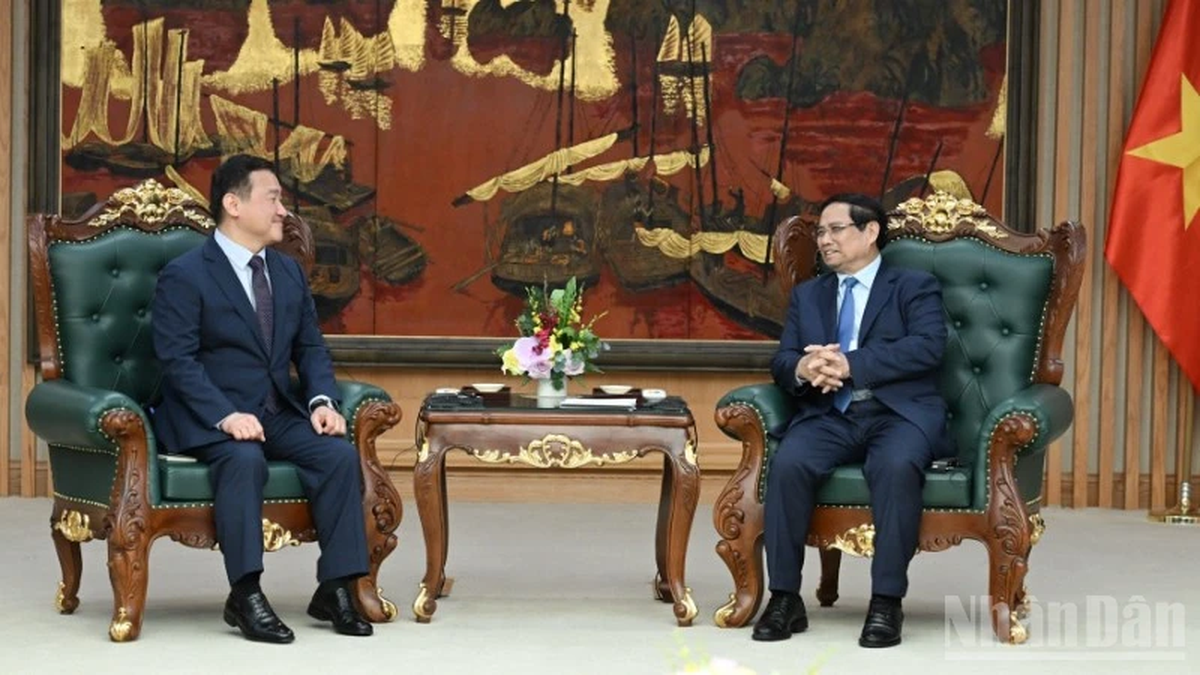

![[Photo] Prime Minister Pham Minh Chinh chairs meeting of National Steering Committee on International Integration](https://vphoto.vietnam.vn/thumb/1200x675/vietnam/resource/IMAGE/2025/8/26/9d34a506f9fb42ac90a48179fc89abb3)
![[Photo] Multi-colored cultural space at the Exhibition "80 years of the journey of Independence - Freedom - Happiness"](https://vphoto.vietnam.vn/thumb/1200x675/vietnam/resource/IMAGE/2025/8/26/fe69de34803e4ac1bf88ce49813d95d8)
![[Photo] Prime Minister Pham Minh Chinh receives CEO of Samsung Electronics](https://vphoto.vietnam.vn/thumb/1200x675/vietnam/resource/IMAGE/2025/8/26/373f5db99f704e6eb1321c787485c3c2)










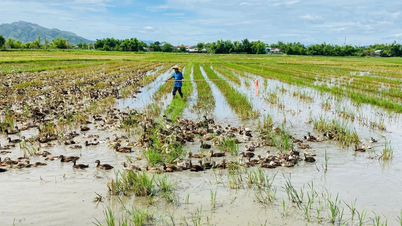



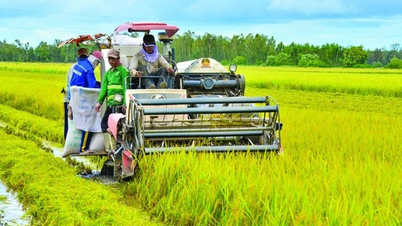

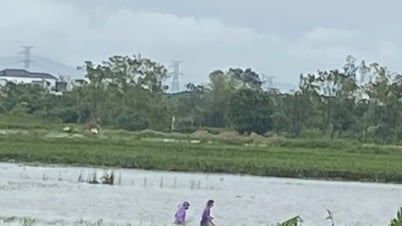
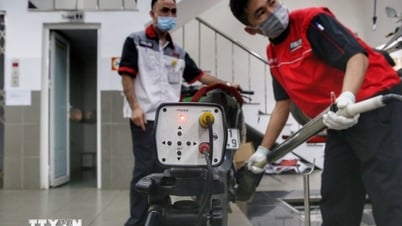








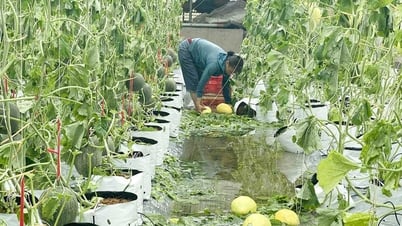
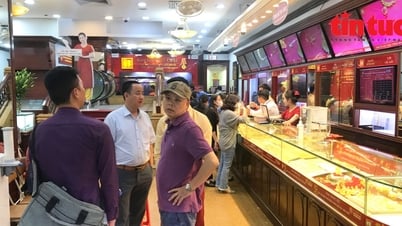

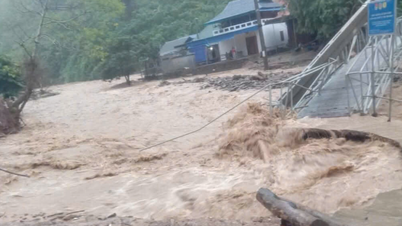

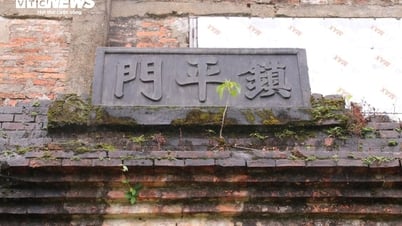







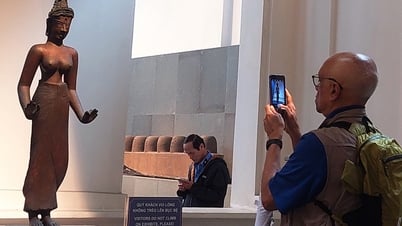












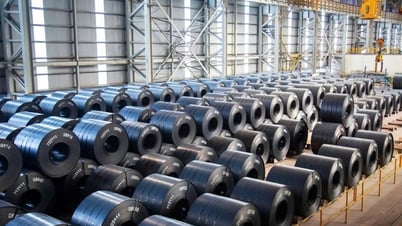

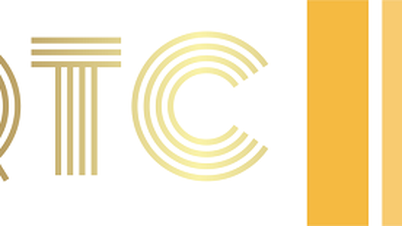

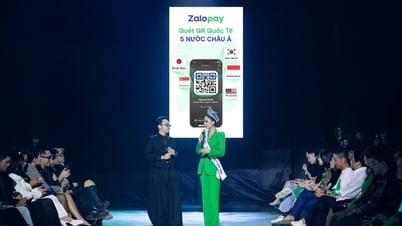


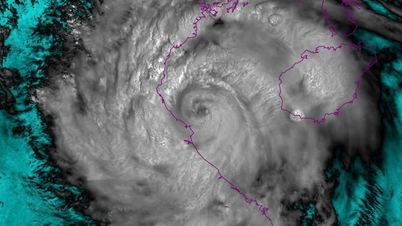


















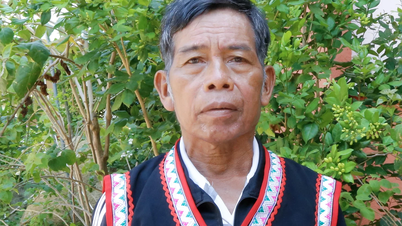

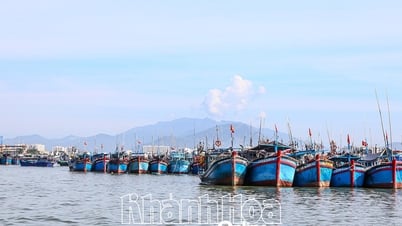
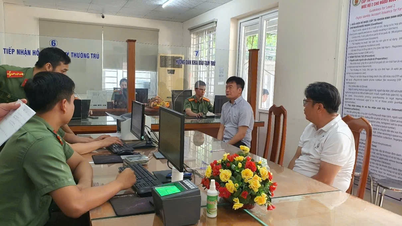

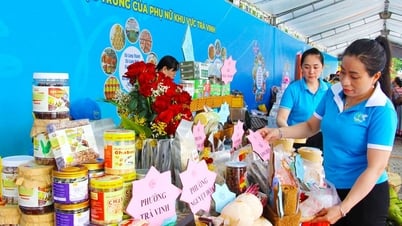




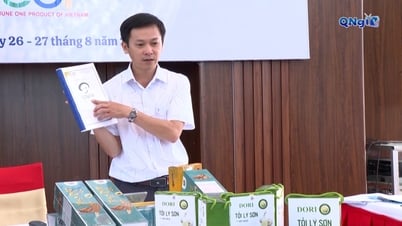



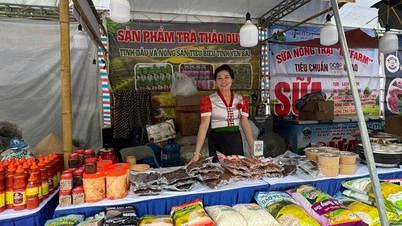






Comment (0)